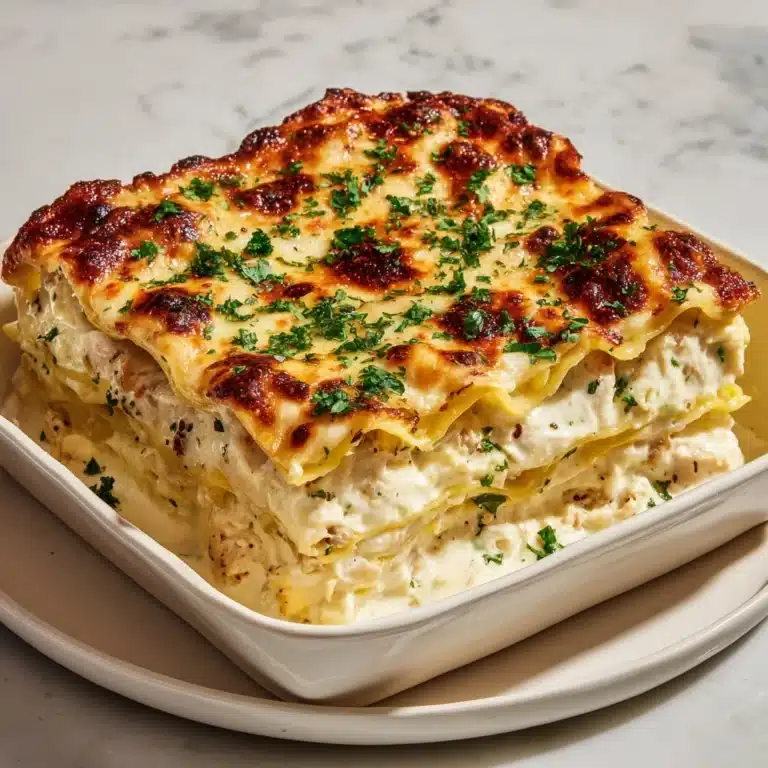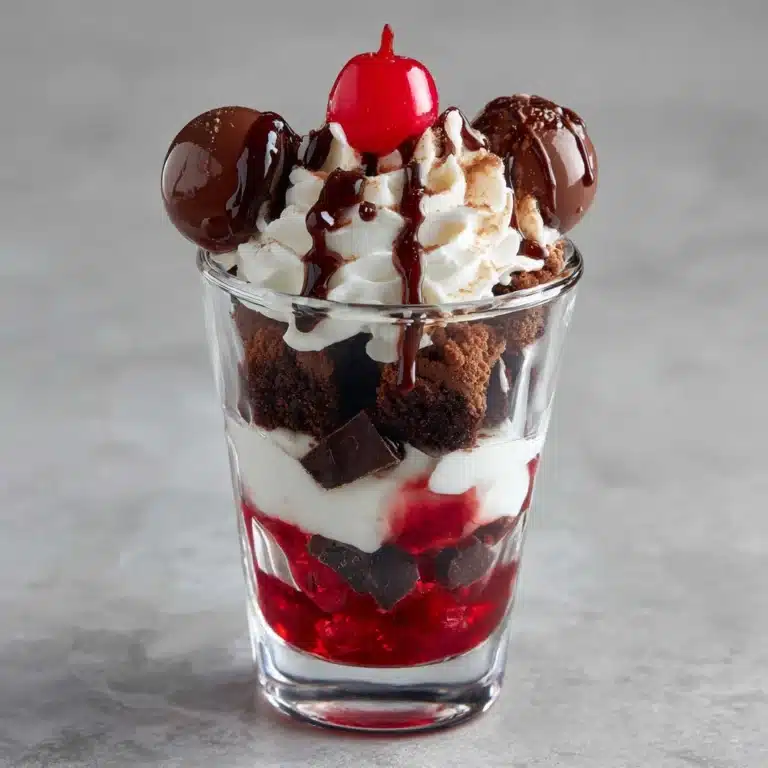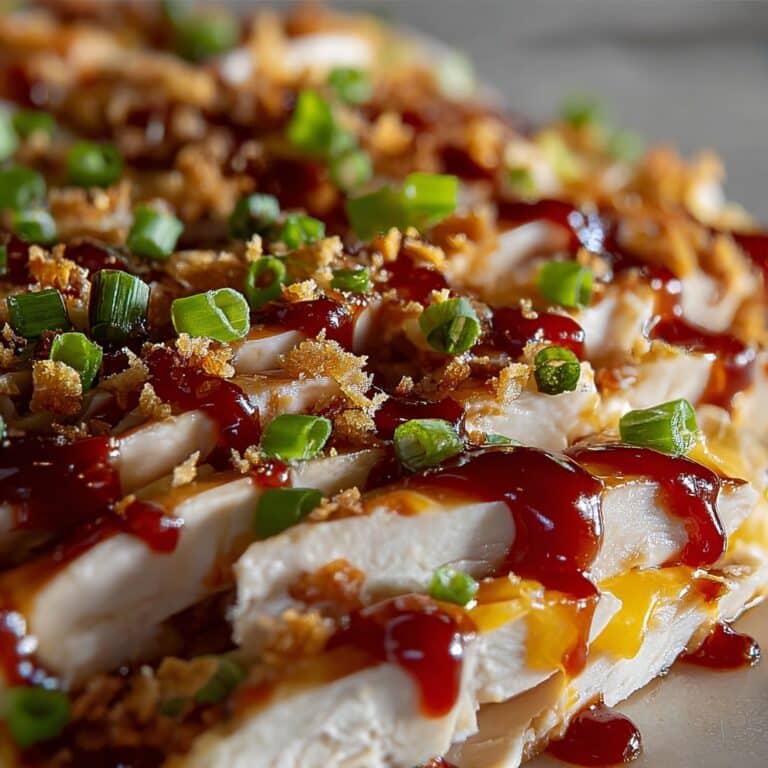Angel Biscuits Recipe
If you have been searching for a truly heavenly treat that combines a tender crumb with flaky, buttery layers, look no further than this Angel Biscuits Recipe. These biscuits rise beautifully thanks to the unique combination of rapid-rise yeast and baking powder, giving you light, fluffy rounds that practically melt in your mouth. The subtle sweetness from the sugar and the richness from cold butter and shortening create the perfect balance to keep every bite delightful. This recipe is a wonderful way to impress friends and family or simply indulge yourself in a comforting, homemade biscuit experience.
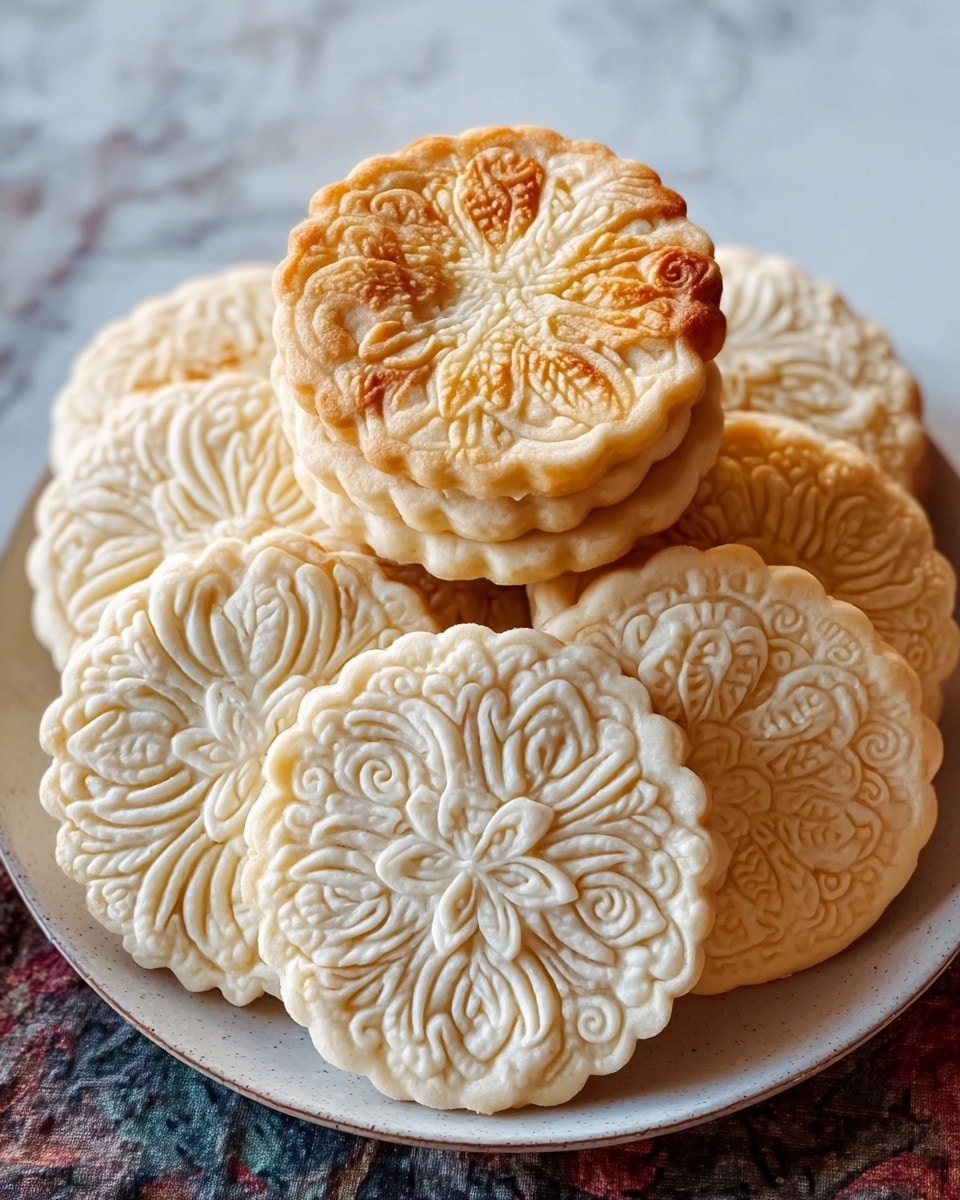
Ingredients You’ll Need
The magic of this Angel Biscuits Recipe lies in its simple yet thoughtfully chosen ingredients. Each one plays a crucial role in texture, flavor, and rise, ensuring your biscuits turn out as dreamy as the name suggests.
- 2 ¾ cups all-purpose flour: The base for structure, providing the right amount of gluten for flaky layers.
- 2 tablespoons granulated sugar: Adds a hint of sweetness to balance the savory butter.
- 2 teaspoons baking powder: Works alongside yeast to give a tender rise.
- ½ teaspoon baking soda: Helps achieve a light, airy texture by reacting with the buttermilk.
- 1 teaspoon kosher salt: Enhances all the flavors and complements the buttery richness.
- 1 packet (2 ¼ teaspoons) rapid-rise yeast: Boosts the dough’s rise for that perfect fluffiness.
- ½ cup unsalted butter, cold and cut into cubes: Creates tender, flaky layers by coating the flour.
- ¼ cup shortening: Adds moisture and softness, helping with the biscuit’s delicate crumb.
- 1 cup buttermilk (or milk + 1 tablespoon vinegar): Provides tang and acidity to activate the leaveners and enriches the flavor.
How to Make Angel Biscuits Recipe
Step 1: Mix Dry Ingredients
Start by whisking together the flour, sugar, baking powder, baking soda, salt, and rapid-rise yeast in a large bowl. This ensures that all your leavening agents and seasonings are evenly distributed, setting the stage for a flawless rise and flavor throughout your biscuits.
Step 2: Cut in Butter and Shortening
Add the cold, cubed butter and shortening to your dry mix. Using a pastry cutter or fork, work them into the flour until the mixture looks like pea-sized crumbs. The cold fats create pockets of air during baking, giving your biscuits their signature flaky layers.
Step 3: Add Buttermilk
Pour in the buttermilk and stir gently until everything is just combined. Be careful not to overmix here—the dough should hold together but remain tender. This stage keeps the biscuits light rather than dense.
Step 4: Form Layers
Turn the dough out onto a floured surface and gently pat it into a smooth square about 1 inch thick. Then, fold the dough over itself 2 to 3 times, patting it down between folds. This folding technique creates delicate layers that make every biscuit feel like a little cloud.
Step 5: Cut Biscuits
Use a biscuit cutter to cut the dough into rounds, aiming for about 12 biscuits. Avoid twisting the cutter, as this can seal the edges and reduce the rise. Instead, press straight down and lift for the best shape and height.
Step 6: Rest the Dough
Place the cut biscuits on a baking sheet and cover them with a clean towel. Let them rest anywhere from 30 to 60 minutes, allowing the yeast time to work its magic and give the biscuits that extra rise and tenderness.
Step 7: Bake
Preheat your oven to 425°F (220°C). Bake the biscuits for 15 to 20 minutes until the tops turn a gorgeous golden brown. The warm kitchen aroma at this point is honestly irresistible.
Step 8: Serve
Once out of the oven, brush the warm biscuits with melted butter to add shine and even more flavor. Serve these warm to enjoy every flakey, buttery mouthful at its best.
How to Serve Angel Biscuits Recipe
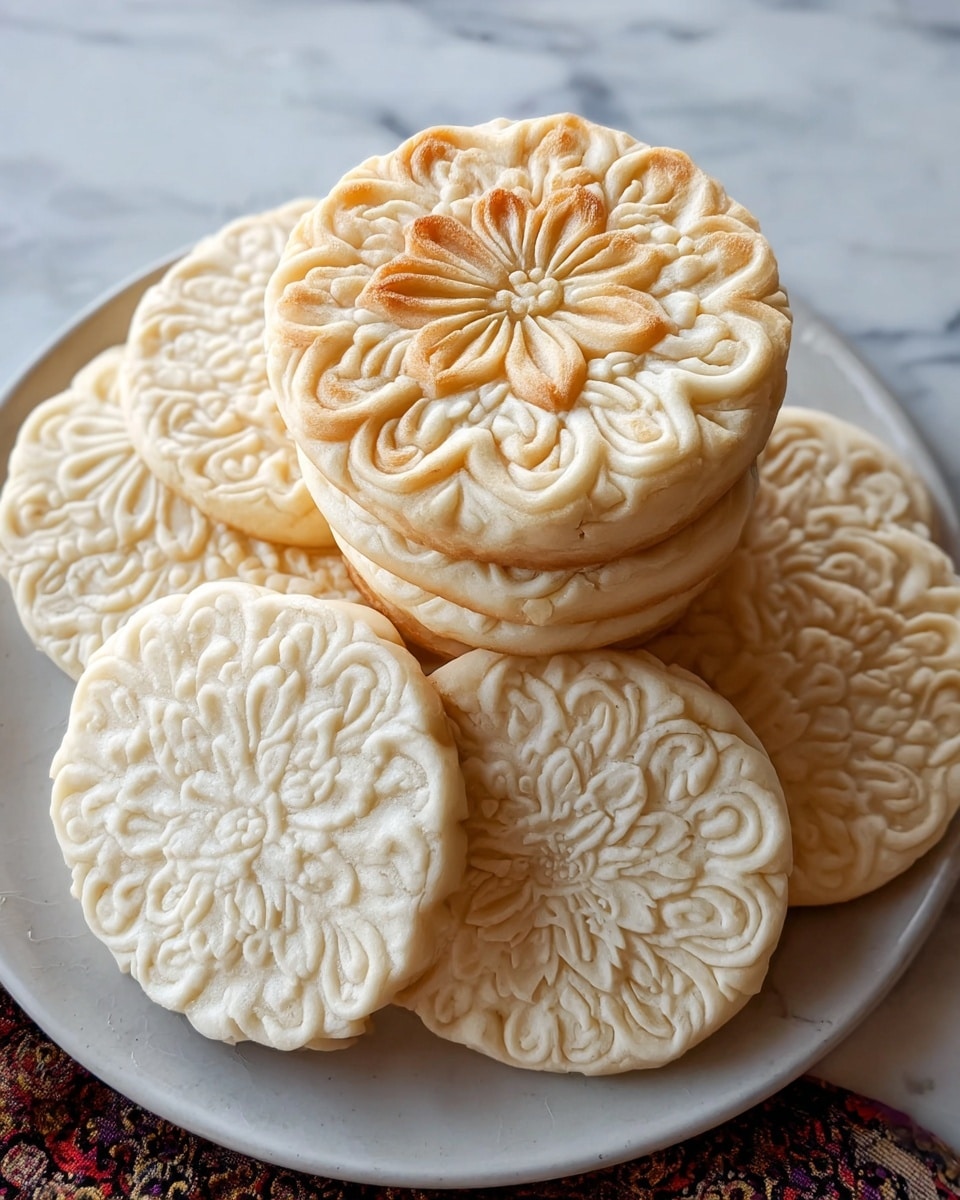
Garnishes
Angel biscuits reach new heights when topped with a little something special. Try a drizzle of honey or a smear of homemade jam for a sweet touch. For a savory twist, add creamy herb butter or a sprinkle of flaky sea salt right after baking. Each garnish elevates the biscuit while respecting its heavenly flavor and texture.
Side Dishes
These biscuits are the perfect companion to soups and stews, thanks to their ability to soak up rich broth without falling apart. They also pair beautifully with scrambled eggs, fried chicken, or a fresh salad, rounding out breakfast, lunch, or dinner with a satisfying crunch and softness in every bite.
Creative Ways to Present
For a fun brunch idea, split the biscuits and fill them with ham and cheese or a fried egg and bacon for a homemade biscuit sandwich. You can even use them as mini slider buns at parties. Their buttery layers add a luxurious texture that guests always rave about.
Make Ahead and Storage
Storing Leftovers
If you have leftovers, keep your Angel Biscuits Recipe fresh by storing them in an airtight container at room temperature for up to two days. To maintain their softness, refrigerate if storing longer but bring them to room temperature before reheating to restore tenderness.
Freezing
Angel biscuits freeze beautifully. Wrap individual biscuits tightly in plastic wrap, then place them in a freezer bag. Freeze for up to three months. This allows you to enjoy fresh biscuits whenever the craving strikes without any extra effort.
Reheating
To reheat, pop frozen or refrigerated biscuits into a preheated 350°F (175°C) oven for about 10 minutes. This warms them through and crisps the edges slightly, bringing back that just-baked feeling. Avoid microwave reheating when possible, as it can make biscuits tough or chewy.
FAQs
Can I use regular yeast instead of rapid-rise yeast for this Angel Biscuits Recipe?
Yes, you can use active dry yeast as a substitute but will need to allow more rising time, ideally letting the dough rest for 1 to 2 hours until doubled in size before shaping your biscuits.
What if I don’t have buttermilk on hand?
No problem! You can make a buttermilk substitute by adding 1 tablespoon of vinegar or lemon juice to 1 cup of milk, letting it sit for 5 minutes before using. This gives the acidity needed to activate the baking soda for the right rise and tang.
Why do you use both yeast and baking powder in this recipe?
The combination results in biscuits that are both fluffy and tender with a slight rise from the yeast for airiness and quick lift from the baking powder for soft texture. It’s what makes this recipe stand out from traditional biscuits.
Can I make these biscuits gluten-free?
While the recipe relies on all-purpose flour for structure, you can experiment with gluten-free baking blends that include xanthan gum. Keep in mind the texture will be different and possibly less flaky, but still delicious.
How important is the folding step?
Folding is key to layering the dough and creating those beautiful flaky layers that define Angel biscuits. Skipping this step will still yield tasty biscuits, but they will be more cake-like and less textured.
Final Thoughts
There’s just something so comforting and downright delightful about fresh, homemade biscuits, and this Angel Biscuits Recipe truly captures that magic. Whether you’re new to biscuit-making or a seasoned pro, these tender, flaky rounds bring joy to any table. Give this recipe a try—you might just find your new favorite way to enjoy biscuits at breakfast, brunch, or anytime you crave a little cloud of buttery goodness.
Print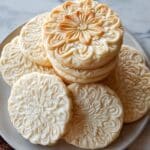
Angel Biscuits Recipe
- Total Time: 1 hour 15 minutes
- Yield: 12 servings 1x
Description
These Angel Biscuits are a delightful blend of flaky layers and tender crumb, made with a combination of yeast and baking powder for a unique rise and soft texture. Perfectly buttery and golden, these biscuits are ideal for breakfast or as a side to any meal.
Ingredients
Dry Ingredients
- 2 ¾ cups all-purpose flour
- 2 tablespoons granulated sugar
- 2 teaspoons baking powder
- ½ teaspoon baking soda
- 1 teaspoon kosher salt
- 1 packet (2 ¼ teaspoons) rapid-rise yeast
Fats
- ½ cup unsalted butter, cold and cut into cubes
- ¼ cup shortening
Liquids
- 1 cup buttermilk (or substitute with milk + 1 tablespoon vinegar)
Instructions
- Mix Dry Ingredients: In a large bowl, whisk together the all-purpose flour, granulated sugar, baking powder, baking soda, kosher salt, and rapid-rise yeast until fully combined.
- Cut in Butter and Shortening: Add the cold unsalted butter cubes and shortening to the dry ingredients. Using a pastry cutter or fork, cut the fats into the flour mixture until it resembles pea-sized crumbs, ensuring the fats remain cold for flaky texture.
- Add Buttermilk: Pour in the buttermilk and stir gently until just combined, careful not to overmix to keep the biscuits tender.
- Form Layers: Turn the dough onto a floured surface and gently pat it into a square about 1 inch thick. Fold the dough over itself 2 to 3 times, patting down between folds to create flaky layers.
- Cut Biscuits: Use a biscuit cutter to cut the dough into approximately 12 round biscuits, re-rolling scraps as needed.
- Rest the Dough: Place the cut biscuits on a baking sheet, cover them with a towel, and allow them to rest for 30 to 60 minutes. This resting period helps the yeast to activate for a light rise.
- Bake: Preheat the oven to 425°F (220°C). Bake the biscuits for 15 to 20 minutes or until they turn golden brown and cooked through.
- Serve: Brush the hot biscuits with melted butter and serve warm to enjoy their soft, flaky texture and rich flavor.
Notes
- Using cold butter and shortening is essential for creating flaky layers.
- If you don’t have buttermilk, mix 1 cup of milk with 1 tablespoon of vinegar and let it sit for 5 minutes as a substitute.
- Do not overwork the dough to avoid tough biscuits.
- Resting the dough allows the yeast to activate, contributing to the biscuit’s rise and fluffiness.
- Biscuits are best served fresh but can be reheated in a low oven to retain softness.
- Prep Time: 25 minutes
- Cook Time: 20 minutes
- Category: Baked Goods
- Method: Baking
- Cuisine: American


